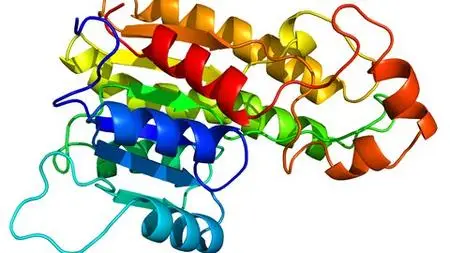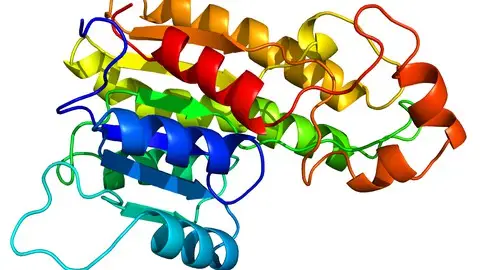Concepts of Homology modelling and Crystallization
Duration: 53m | .MP4 1280x720, 30 fps(r) | AAC, 44100 Hz, 2ch | 525 MB
Genre: eLearning | Language: English
Duration: 53m | .MP4 1280x720, 30 fps(r) | AAC, 44100 Hz, 2ch | 525 MB
Genre: eLearning | Language: English
Homology Modelling , CADD , Crystallization , Drug Design , GPCR
What you'll learn
The basics of homology modelling and its steps , Crystallization problems and how to solve these problems
Requirements
Knowing the basics of pharmaceutical sciences
Description
The term "homology modeling", also called comparative modeling or template-based modeling (TBM), refers to modeling a protein 3D structure using a known experimental structure of a homologous protein (the template). Structural information is always of great assistance in the study of protein function, dynamics, interactions with ligands and other proteins. The "low-resolution" structure provided by homology modeling contains sufficient information about the spatial arrangement of important residues and may guide the design of new experiments, such as site-directed mutagenesis and could even be used in ligand docking and design of new ligands/inhibitors in structure-based drug discovery and drug design. In some cases modeling is combined with electron microscopy or small-angle X-ray scattering (SAXS) data to generate low-resolution models of a protein complex.
crystallization is the process by which a solid forms, where the atoms or molecules are highly organized into a structure known as a crystal. Some of the ways by which crystals form are precipitating from a solution, freezing, or more rarely deposition directly from a gas. Attributes of the resulting crystal depend largely on factors such as temperature, air pressure, and in the case of liquid crystals, time of fluid evaporation.
Crystallization occurs in two major steps. The first is nucleation, the appearance of a crystalline phase from either a supercooled liquid or a supersaturated solvent. The second step is known as crystal growth, which is the increase in the size of particles and leads to a crystal state. An important feature of this step is that loose particles form layers at the crystal's surface and lodge themselves into open inconsistencies such as pores, cracks, etc.
Who this course is for:
Pharmacist or pharmacy student or any other medical student or graduate or any Bioinformatics student or graduate and any interested one
More Info



